 "Jcarr" (jcarr)
"Jcarr" (jcarr)
07/31/2015 at 15:18 • Filed to: Planelopnik
 4
4
 18
18
 "Jcarr" (jcarr)
"Jcarr" (jcarr)
07/31/2015 at 15:18 • Filed to: Planelopnik |  4 4
|  18 18 |
In my opinion the far more attractive of the ATF contestants. Shame we couldn’t have had both.
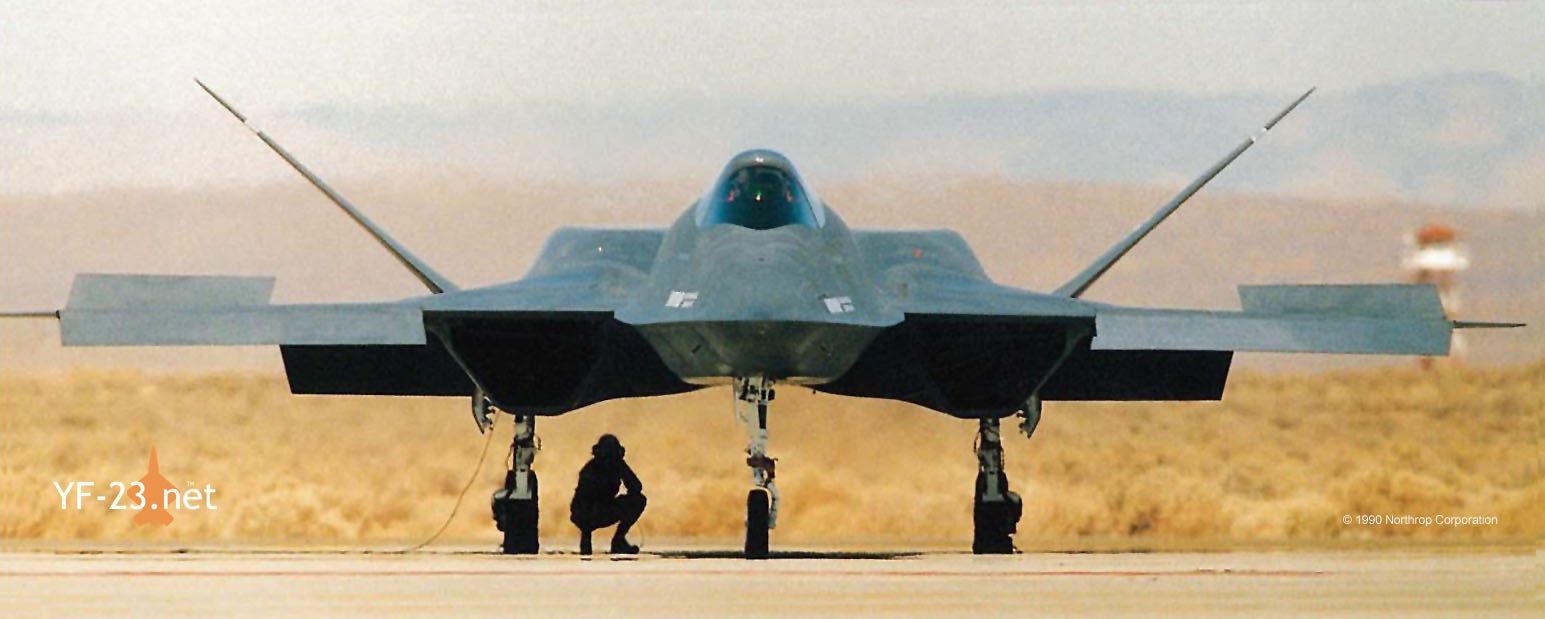
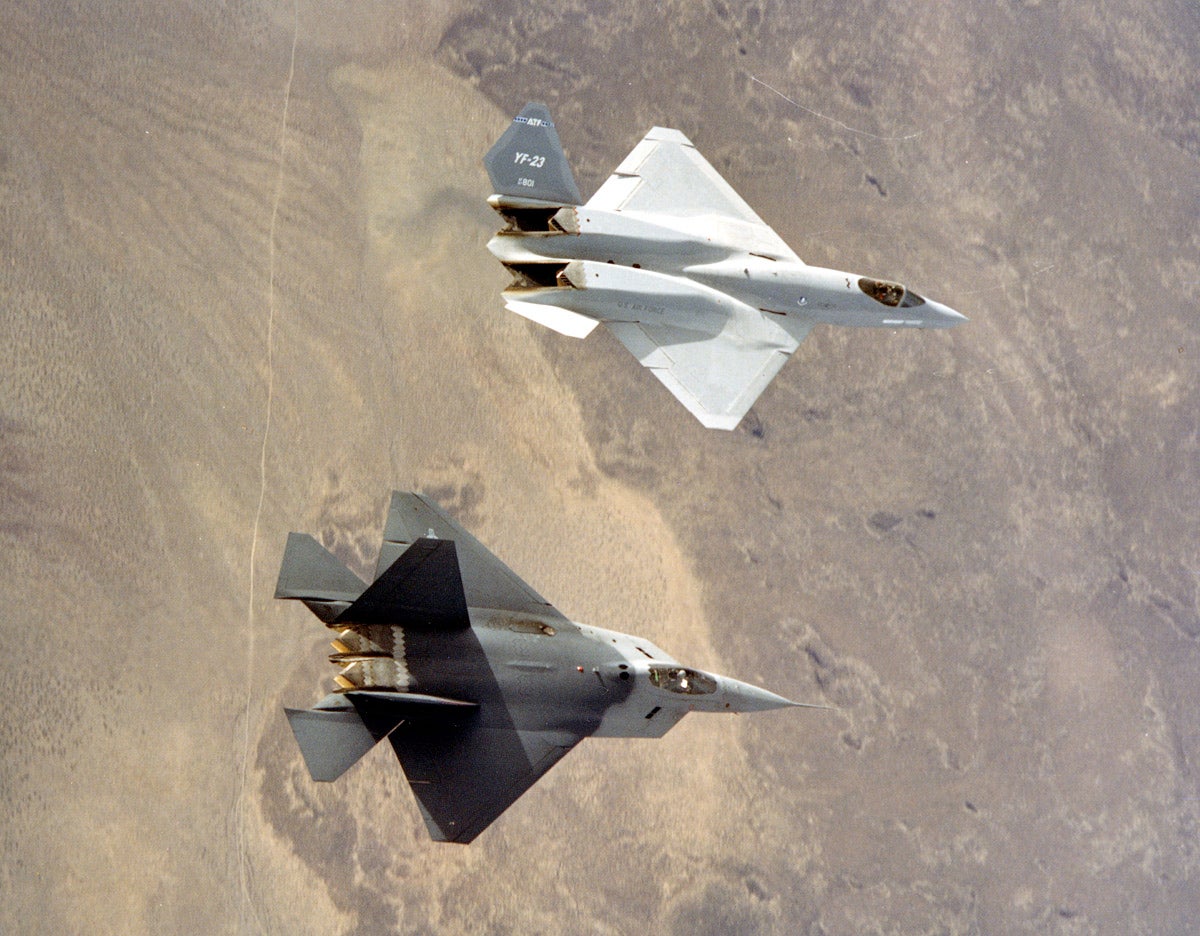
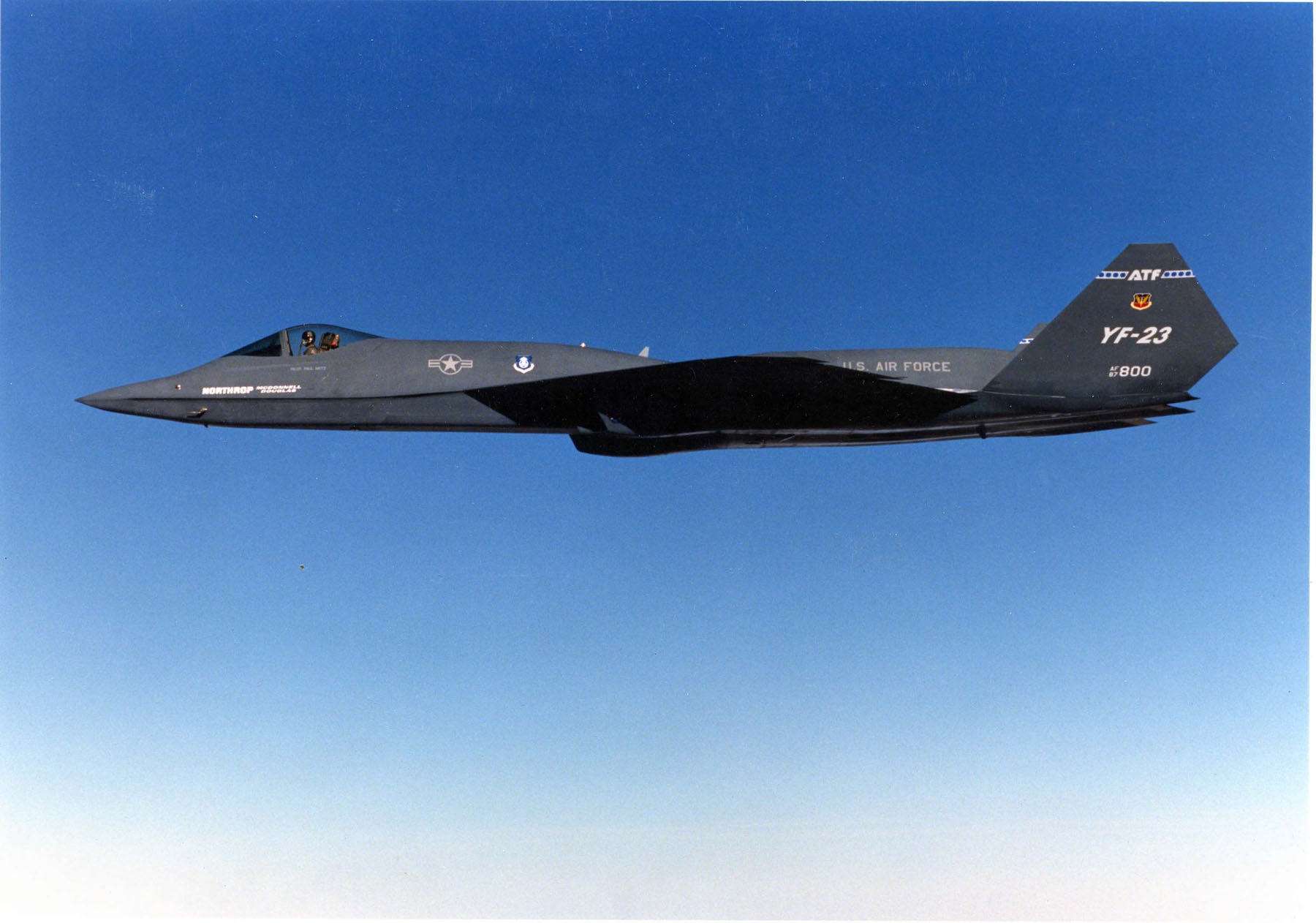
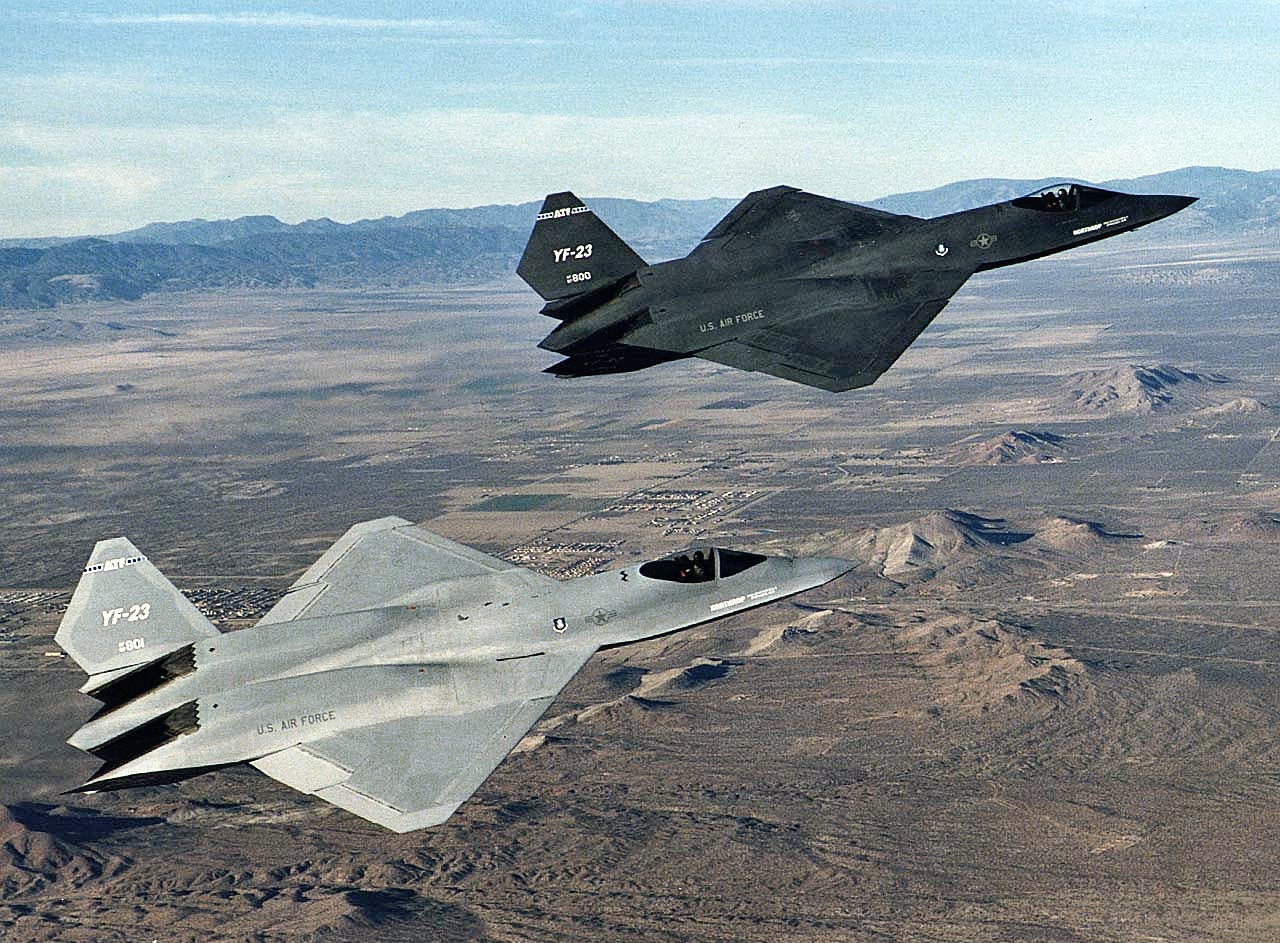
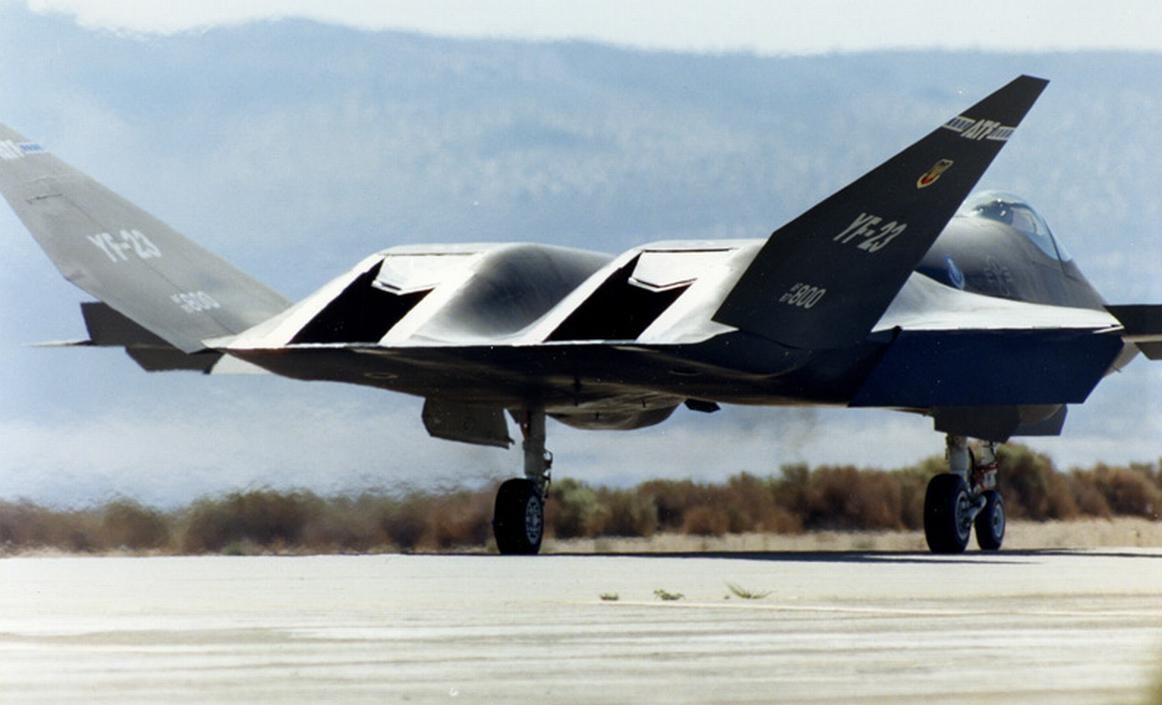
Here’s an interesting documentary on Northrop’s effort:
Also, some grainy footage of test flights with pilot Paul Metz discussing handling characteristics:
 Smallbear wants a modern Syclone, local Maple Leafs spammer
> Jcarr
Smallbear wants a modern Syclone, local Maple Leafs spammer
> Jcarr
07/31/2015 at 15:22 |
|
Who made this? It looks like a McDonnel-Douglas tail.
EDIT: Nvm, wrong.
 RamblinRover Luxury-Yacht
> Jcarr
RamblinRover Luxury-Yacht
> Jcarr
07/31/2015 at 15:24 |
|
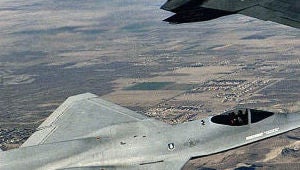
A friend of my dad who worked at McDonnell Douglas had a framed print of this picture on his wall back in the mid 90s. Young me was under the impression it was among the coolest things ever.
 Bman76 (no it doesn't need a WS6 hood) M. Arch
> Jcarr
Bman76 (no it doesn't need a WS6 hood) M. Arch
> Jcarr
07/31/2015 at 15:24 |
|
I just find it amusing that they always talk about how fast this thing was, and get frustrated about the figures being classified.
 Azrek
> Jcarr
Azrek
> Jcarr
07/31/2015 at 15:31 |
|
That is super cool...reminds me of that plane that was recently “unclassified” called the Bird of Prey that looked similar.
https://en.wikipedia.org/wiki/Boeing_Bi…
 Jcarr
> Smallbear wants a modern Syclone, local Maple Leafs spammer
Jcarr
> Smallbear wants a modern Syclone, local Maple Leafs spammer
07/31/2015 at 15:34 |
|
Actually, I believe McDonnell Douglas was a partner with Northrop once the competition was narrowed down to two planes.
 ttyymmnn
> RamblinRover Luxury-Yacht
ttyymmnn
> RamblinRover Luxury-Yacht
07/31/2015 at 15:37 |
|
It was. Not sure what happened to the prototypes, but one is awaiting restoration at the USAF museum at Dayton.
 ttyymmnn
> Jcarr
ttyymmnn
> Jcarr
07/31/2015 at 15:54 |
|
Gotta give a shout out to the first Black Widow.
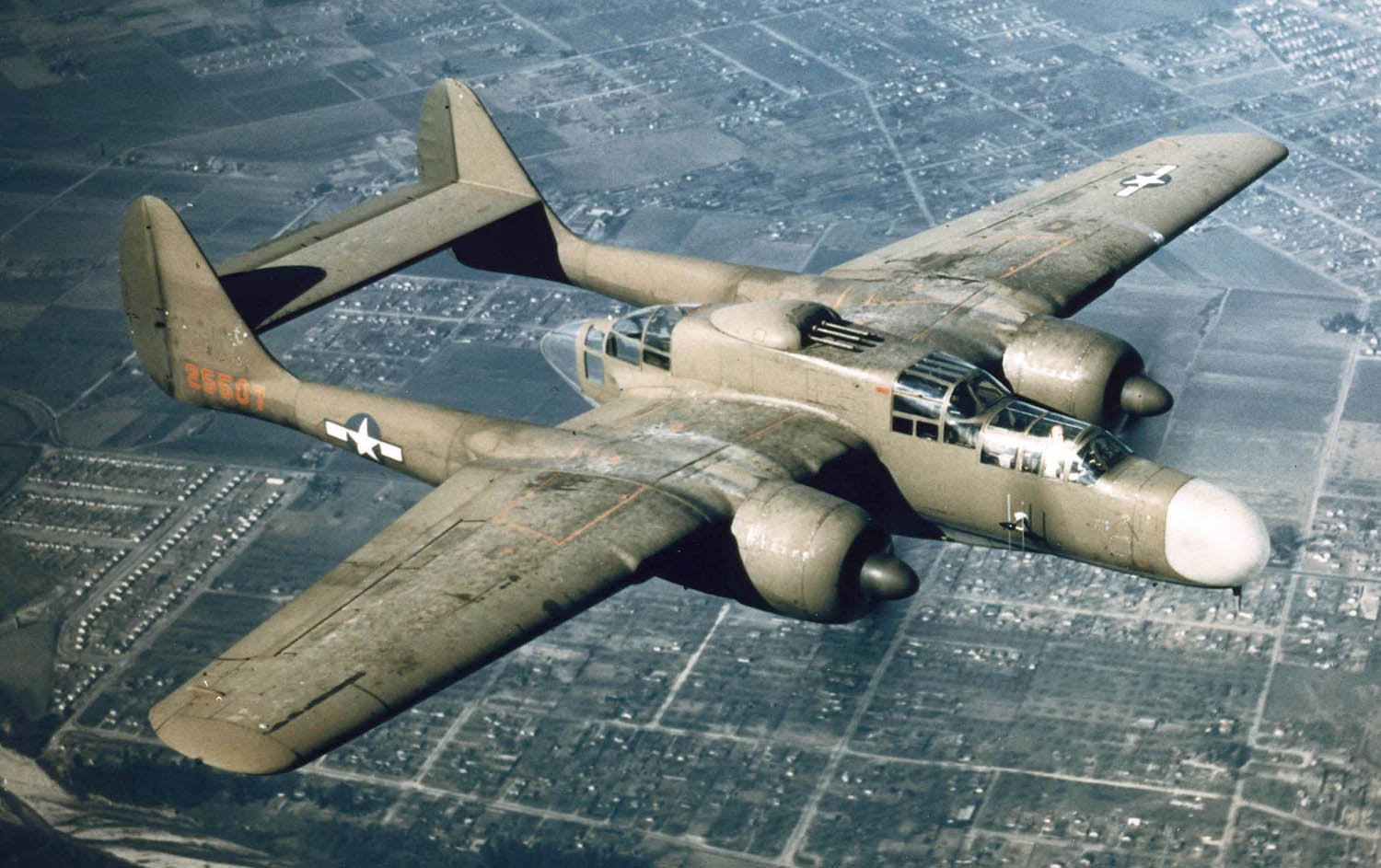
 You can tell a Finn but you can't tell him much
> Jcarr
You can tell a Finn but you can't tell him much
> Jcarr
07/31/2015 at 16:15 |
|
I believe they were partnered right from the start. The YF-23 was a Northrop/McDonnell-Douglas project and the YF-22 was a Lockheed/Boeing/General Dynamics project.
 Jcarr
> You can tell a Finn but you can't tell him much
Jcarr
> You can tell a Finn but you can't tell him much
07/31/2015 at 16:20 |
|
I guess it depends on where you place the start. The original 1981 RFI saw submissions from a number of different contractors (Northrop, McDonnell, Rockwell, Boeing, Grumman, General Dynamics, and Lockheed). The 1985 RFP saw proposals from Boeing, General Dynamics, Lockheed, Northrop, and MD.
Lockheed, Boeing and GD had an agreement to work together if one of their proposals was selected, while Northrop and MD had a similar agreement.
 Porsche924GTR
> Jcarr
Porsche924GTR
> Jcarr
07/31/2015 at 16:29 |
|
I agree - I think it was the better of the two aircraft in competition. It was plagued by some poor engines and some USAF politics. Oh well - we have what we have. Infinitely better than the F-35 though...but too large to fill it’s intended role.
 Viggen
> ttyymmnn
Viggen
> ttyymmnn
07/31/2015 at 17:03 |
|
They’re both in museums. The first aircraft is as you said at the NMUSAF, and the second is as a museum in California. Had the fortune of seeing PAV-1 twice. Wouldn’t mind making a third trip soon. The NMUSAF is amazing.
 ttyymmnn
> Viggen
ttyymmnn
> Viggen
07/31/2015 at 17:04 |
|
I was in Dayton at least 20 years ago. I can’t wait to go back. It’s an amazing place.
 Viggen
> Jcarr
Viggen
> Jcarr
07/31/2015 at 17:04 |
|
Great looking aircraft. Curious how it would have ended up if it had been chosen over the Raptor. But I grew up a Raptor fanboy (thanks Ace Combat).
 Viggen
> ttyymmnn
Viggen
> ttyymmnn
07/31/2015 at 17:07 |
|
They’re making a huge new hangar to fit all the aircraft from the experimental and Presidential hangars as well as the outdoor displays.
 John Norris (AngryDrifter)
> Porsche924GTR
John Norris (AngryDrifter)
> Porsche924GTR
07/31/2015 at 20:36 |
|
Ah, the two competitors had the same engines.
 Drakkon- Most Glorious and Upright Person of Genius
> ttyymmnn
Drakkon- Most Glorious and Upright Person of Genius
> ttyymmnn
07/31/2015 at 23:49 |
|
Check out the maddening way on-board radar worked back then. It’s a wonder anyone could figure it out.
 Drakkon- Most Glorious and Upright Person of Genius
> Jcarr
Drakkon- Most Glorious and Upright Person of Genius
> Jcarr
07/31/2015 at 23:50 |
|
McDonnell Douglas lost twice that decade.
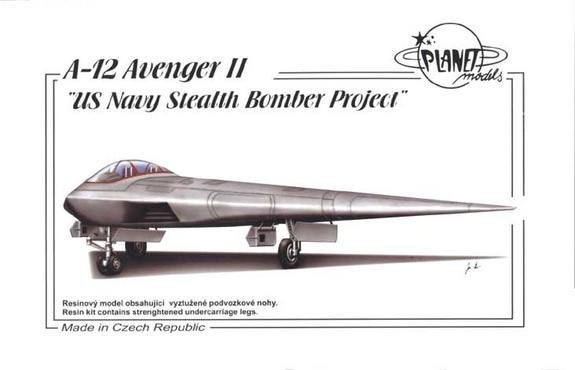
 Porsche924GTR
> John Norris (AngryDrifter)
Porsche924GTR
> John Norris (AngryDrifter)
08/03/2015 at 10:13 |
|
You are correct. Each prototype had different ones though.
One YF-23 was powered by twin Pratt and Whitney YF119 turbofan engines, while the other had two General Electric YF120 turbofan engines installed.
I can’t find any documentation now - but while this was going on I seem to recall that the YF-23 team was not happy with the engine performance and it affected some of their results. I may be wrong.